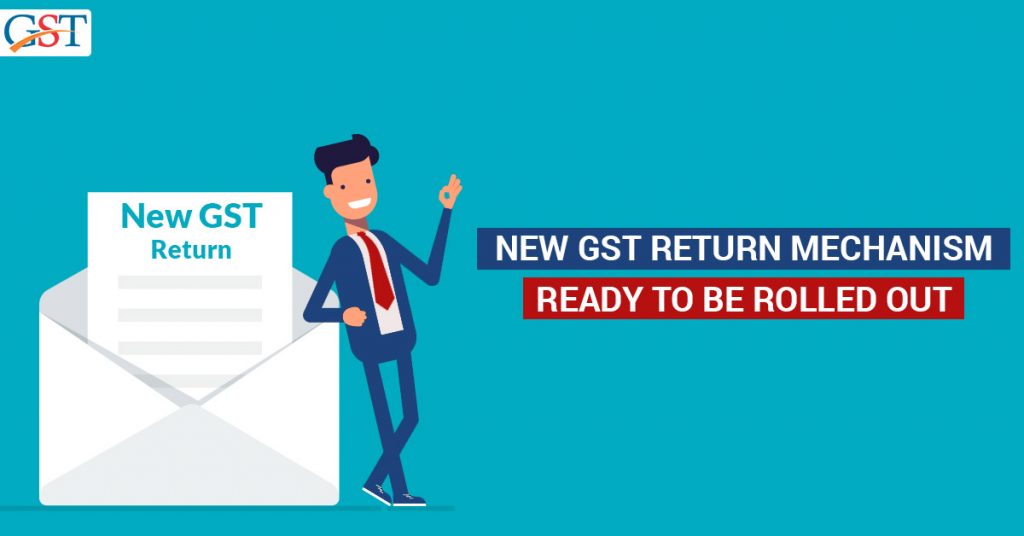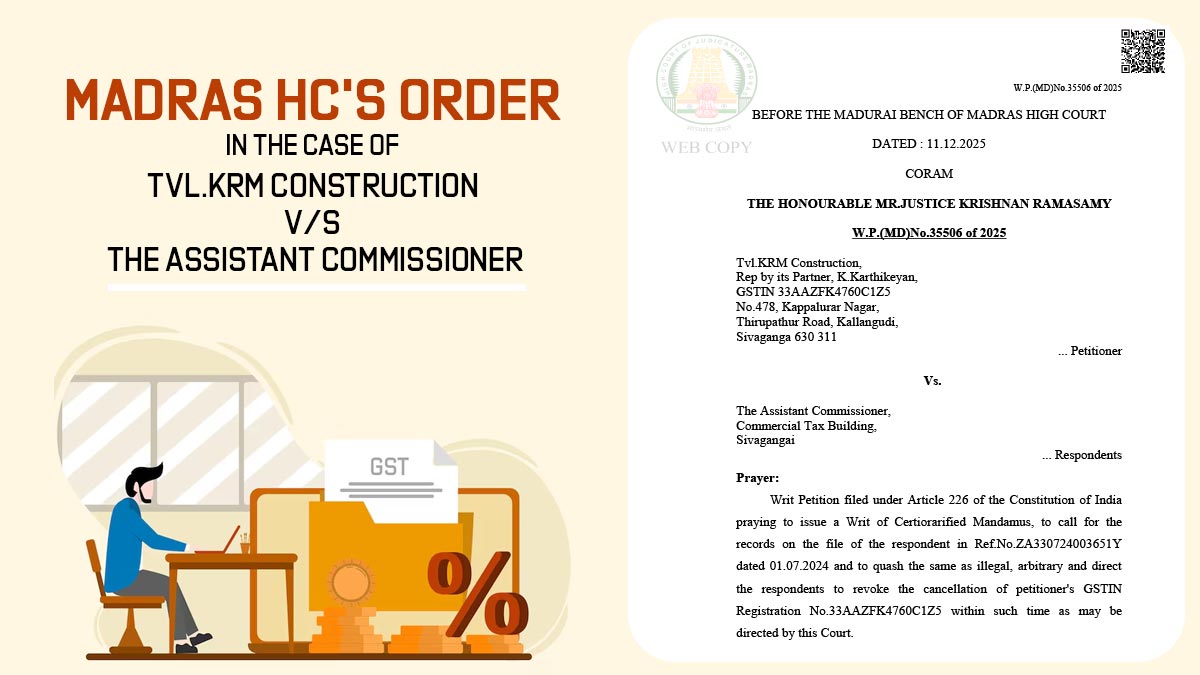
GST Council 35th Meet: The members approve new GST filing system.
The Finance Ministry has recently showcased a roadmap for the enactment of the new GST return mechanism. A transaction mechanism has also been unveiled along with it.
The trial period for implementation of the new GST return mechanism will start from July and will continue till September. All the large taxpayers whose aggregate annual income for the previous year exceeds INR 5 crore, Form GSTR 1 will be replaced with Form GST ANX. On the other hand, all the small taxpayers (aggregate annual income of up to INR 5 crores), who file quarterly returns will have to use this new Form in January 2020 for the October-December quarter of 2019.
Similarly, GSTR-3B Form will be replaced by Form GST RET-1, and from January onward, it will be mandatory for all the taxpayers.
A simple draft for the new return forms with offline tools has also been released by the government recently. There are three main components to the new return process — the main return form (Form GST RET-1) and two annexures (Form GST ANX-1 and Form GST ANX-2).
The trial period will begin from July, where the taxpayers will be able to submit the invoice using the GST ANX-1 offline tool. The inward supply invoices can also be viewed and download by the taxpayers with the help of GST ANX-2 offline tool during the trial period. The overall summary can also be seen by the taxpayer on the common online portal.
To add more, the users can also import their purchase register in the GST ANX offline tool starting from August. This will help them to rectify the mismatch in the downloaded inward supply invoices.
Familiarisation Trial
The trial period of July-September will help taxpayers to get familiar with the new return mechanism. The tax liability and input tax credit of the taxpayers will remain unaffected from the implementation of this return mechanism.
During the period, the taxpayers can continue filing their GST returns using the existing forms, i.e., GSTR-1 and GSTR-3B. The taxpayers must note that all the penalties and interest will remain as it is in case of missing the due dates of return filing.
Although GST ANX-1 will be mandatory from October for taxpayers, replacing the existing GSTR-1. All the large taxpayers (annual income INR 5 crores above) would require to upgrade their monthly GST ANX-1 from October. However, for small taxpayers (annual income up to INR 5 crores) enrolled for quarterly returns, GST ANX-1 filing would be compulsory from January for the October-December triplet or quarter,
Both the small and large businesses can continually upload the invoices using the new GST ANX-1 Form from October.
For the October-December quarter, the large taxpayers would also be compelled to file GSTR-3B on a monthly basis. Further, they would be required to file GST RET-1 for December by January 20, 2020. In case of small taxpayers, they would be required to file GST PMT-08 instead of GSTR-3B from October. Small taxpayers would also be required to file GST ANX-1 by January 20 for the October-December quarter.
The New Return Mechanism Lacks Clarity
Archit Gupta, founder & CEO of ClearTax, has stated that some aspects of the transition plan still need to have more clarity. Gupta further said, “It is still not clear whether ITC credit will be matched with ANX-2 or GSTR-2 in the intervening period between July to September.”
Parag Mehta, Partner at NA Shah Associates LLP, stated “New Forms are not simple enough. GST ANX-1 would be required to be uploaded from the users’ end, reflecting their outward liability, imports and inward supplies attracting a reverse charge. Businesses can download the auto-drafted inward supplies details from GST ANX-1 for GST ANX-2, which is complex in itself.”
Mehta further said, “The trade will be required to accept, reject or keep in pending the ITC on inward supplies. After completion of GST ANX-2, an auto-populated return in GST RET-1 will be generated. All the activities will have to be done on a monthly basis.”









